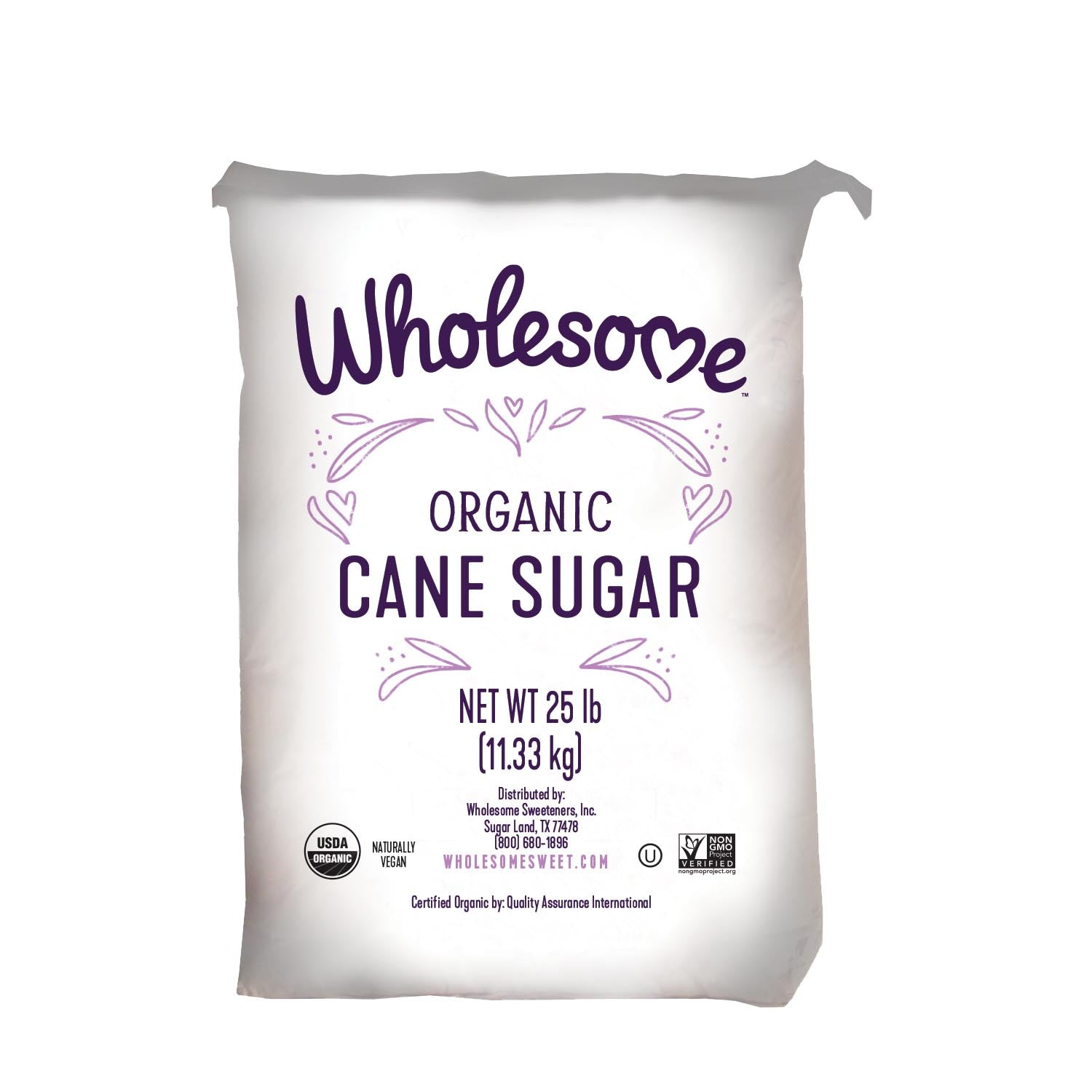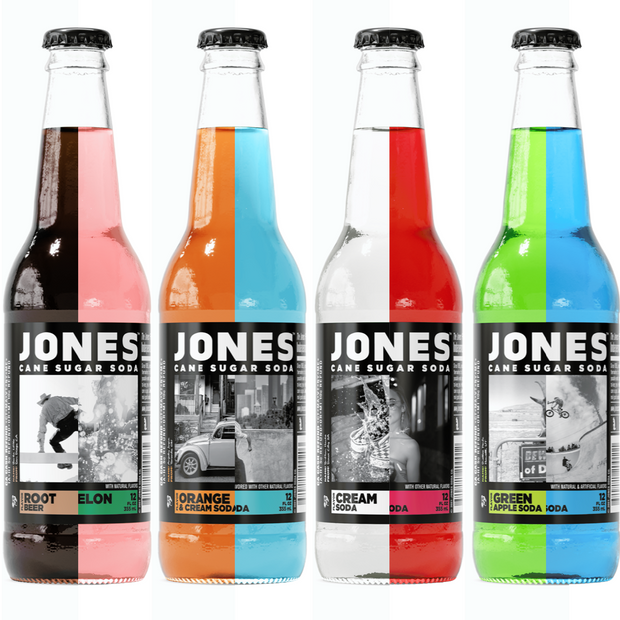Comprehending the Essential Techniques and Technologies Employed in Modern Cane Sugar Processing
The advancement of cane sugar processing has actually been significantly formed by the integration of sophisticated methods and modern technologies that deal with both effectiveness and sustainability. Enzyme-assisted extraction and innovative refining approaches have transformed return optimization, while automation facilitates operational integrity. Furthermore, the emphasis on sustainable methods mirrors an expanding recognition of environmental effect. As we discover these critical developments, it ends up being necessary to examine how they not just boost manufacturing yet additionally straighten with more comprehensive sector patterns and customer demands, increasing concerns regarding the future of sugar processing and its ramifications for worldwide markets.
Historic Context of Walking Stick Sugar Processing
The historic context of cane sugar handling exposes a rich tapestry of farming advancement and cultural exchange that has shaped its growth over centuries. Stemming in Southeast Asia, sugarcane was cultivated as early as 8000 BCE - Cane Sugar Processing. The procedure of drawing out and refining sugar gained energy in India, where techniques for crystallization were improved around the 6th century. This knowledge passed through to the Center East, and by the 12th century, sugar ended up being a valued commodity in Europe, bring about the establishment of sugar ranches in the Mediterranean.

Advanced Removal Strategies
Efficiency in walking stick sugar removal has actually seen considerable improvements, driven by the demand for greater yields and reduced production expenses. Conventional methods have actually advanced, giving means to cutting-edge modern technologies that boost the efficiency of the extraction process. One remarkable development is the use of enzyme-assisted removal, in which specific enzymes damage down cell walls and release even more sucrose from the cane fibers. This technique not only enhances sugar return however also decreases the energy required for handling.
Additionally, the fostering of membrane purification technologies, such as nanofiltration and turn around osmosis, has changed the splitting up of sugar from contaminations. These techniques enable for the selective permeation of sugar molecules while keeping bigger pollutants, simplifying the extraction procedure and reducing waste.
In addition, the combination of constant extraction systems has actually resulted in enhanced functional efficiency. Cane Sugar Processing. These systems keep a constant flow of cane material, guaranteeing optimal removal conditions and lowering downtime related to set handling
Cutting-edge Refining Technologies
Refining techniques in walking cane sugar handling have gone through a transformative shift, driven by the need for greater pureness and boosted product quality. Among the most significant developments visit is the adoption of membrane layer purification modern technologies, such as ultrafiltration and nanofiltration. These procedures efficiently eliminate impurities and colorants without the need for substantial chemical therapies, thereby preserving the sugar's natural flavor and enhancing its appeal.
An additional significant improvement is making use of ion exchange resins, which permit for discerning removal of unwanted ions from sugar services. This innovation not just raises the total pureness of the end product however also adds to minimized waste and ecological impact.
Moreover, innovations in adsorption strategies, using triggered carbon and other advanced products, have actually shown effective in decolorizing sugar solutions while maintaining optimum top quality. The combination of these cutting-edge refining technologies makes certain that suppliers can produce polished sugar with premium quality and preference, fulfilling the developing choices of consumers.
Automation and Control Equipment
Recent developments in refining modern technologies have led the method for substantial enhancements in automation and control systems within walking cane sugar processing facilities. These systems utilize sophisticated software and equipment to enhance functional performance, lower human error, and make certain consistent product top quality.
Modern automation integrates different components, including sensors, actuators, and programmable logic controllers (PLCs), making it possible for real-time monitoring and control of important procedures. As an example, temperature level, pressure, and flow prices can be specifically controlled throughout extraction, explanation, and formation stages, optimizing efficiency and lessening waste.
Furthermore, advanced information analytics and artificial intelligence formulas play an essential duty in anticipating useful reference upkeep, allowing operators to prepare for tools failures prior to they occur. This aggressive approach not only lowers downtime but also expands the life expectancy of equipment.
Additionally, automation promotes the execution of Sector 4.0 concepts, equipping sugar mills to accomplish higher connection and data exchange throughout procedures. Therefore, decision-making comes to be more informed and dexterous, inevitably improving the overall competition of walking stick sugar manufacturing. With these improvements, the sector is well-positioned to fulfill expanding worldwide needs while keeping functional excellence.
Sustainability Practices in Sugar Production
Sustainability methods in sugar production have ended up being significantly essential as the industry looks for to stabilize economic feasibility with environmental responsibility. As consumer recognition expands concerning the environmental impacts of farming methods, sugar producers are taking on innovative methods to minimize their environmental impact.
One substantial approach is the execution of accuracy agriculture techniques, which use information analytics to maximize source usage, such as water and fertilizers. This decreases waste and reduces the influence on local ecological communities. Furthermore, numerous producers are transitioning to sustainable energy sources, such as biomass from sugarcane by-products, to power their operations, consequently lowering dependence on nonrenewable fuel sources.
Water monitoring techniques are additionally crucial; rainwater harvesting and reliable watering systems aid alleviate water shortage problems. Cane Sugar Processing. Furthermore, integrated pest management strategies reduce chemical use, advertising biodiversity and dirt health and wellness
Corporate social responsibility initiatives are arising, with business buying regional communities and guaranteeing fair labor techniques. By accepting these sustainability methods, the sugar industry not just improves its credibility but additionally adds to a more lasting farming landscape, leading the way for future generations.

Conclusion
In summary, modern-day walking cane sugar processing incorporates an array of sophisticated methods and modern technologies that considerably enhance yield, effectiveness, and sustainability. Jointly, these advancements place the walking stick sugar sector to satisfy contemporary needs while addressing essential worldwide challenges.
The development of cane sugar handling has been dramatically shaped by the assimilation of advanced strategies and technologies that attend to both efficiency and sustainability.The historical context of cane sugar processing discloses a rich tapestry of agricultural technology and cultural exchange that has actually formed its development over centuries. Advancements in milling and right here refining emerged, laying the groundwork for modern-day cane sugar processing.Refining strategies in cane sugar processing have actually undertaken a transformative shift, driven by the demand for greater pureness and improved product top quality.In recap, modern-day walking stick sugar handling integrates a variety of innovative methods and technologies that substantially enhance efficiency, yield, and sustainability.